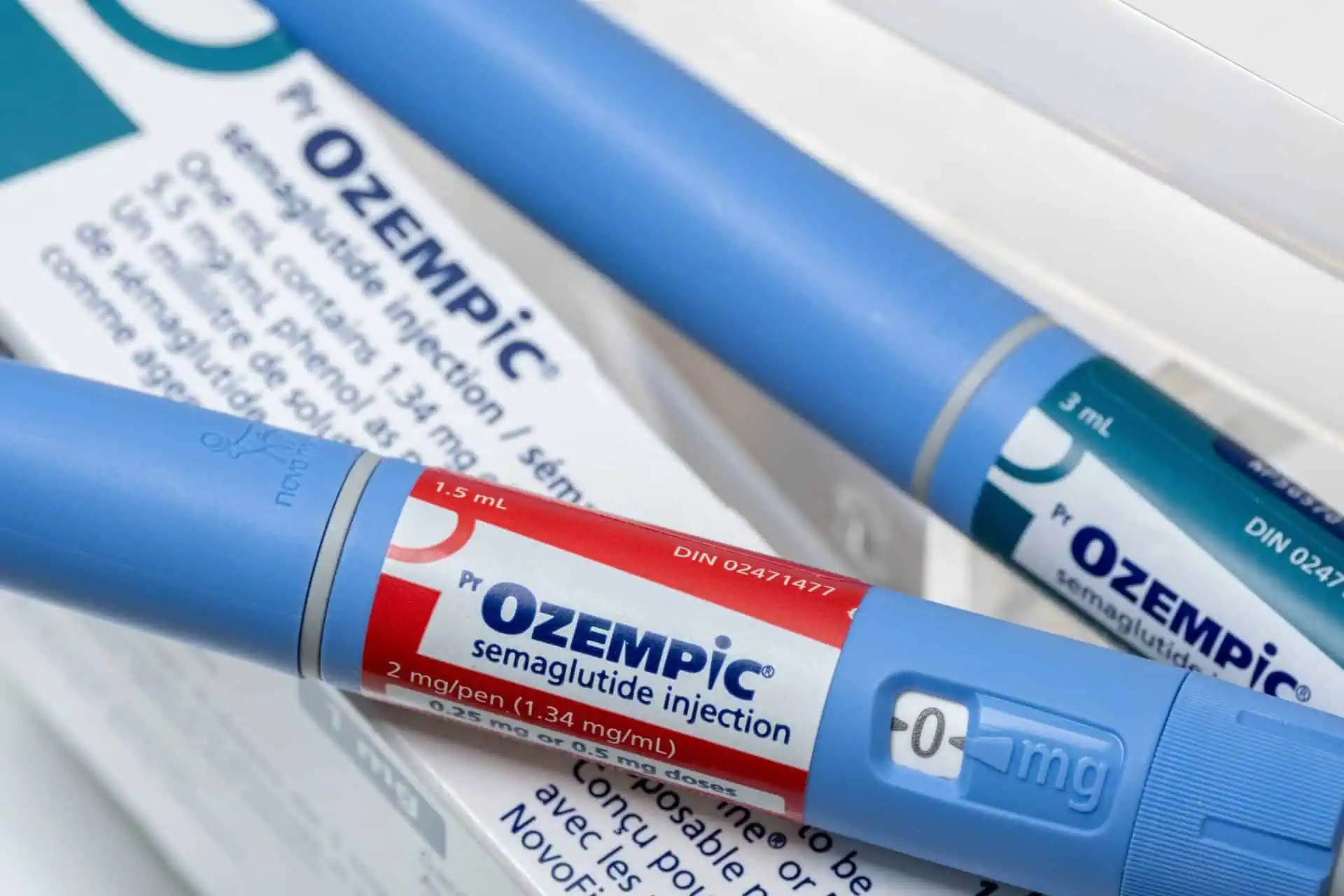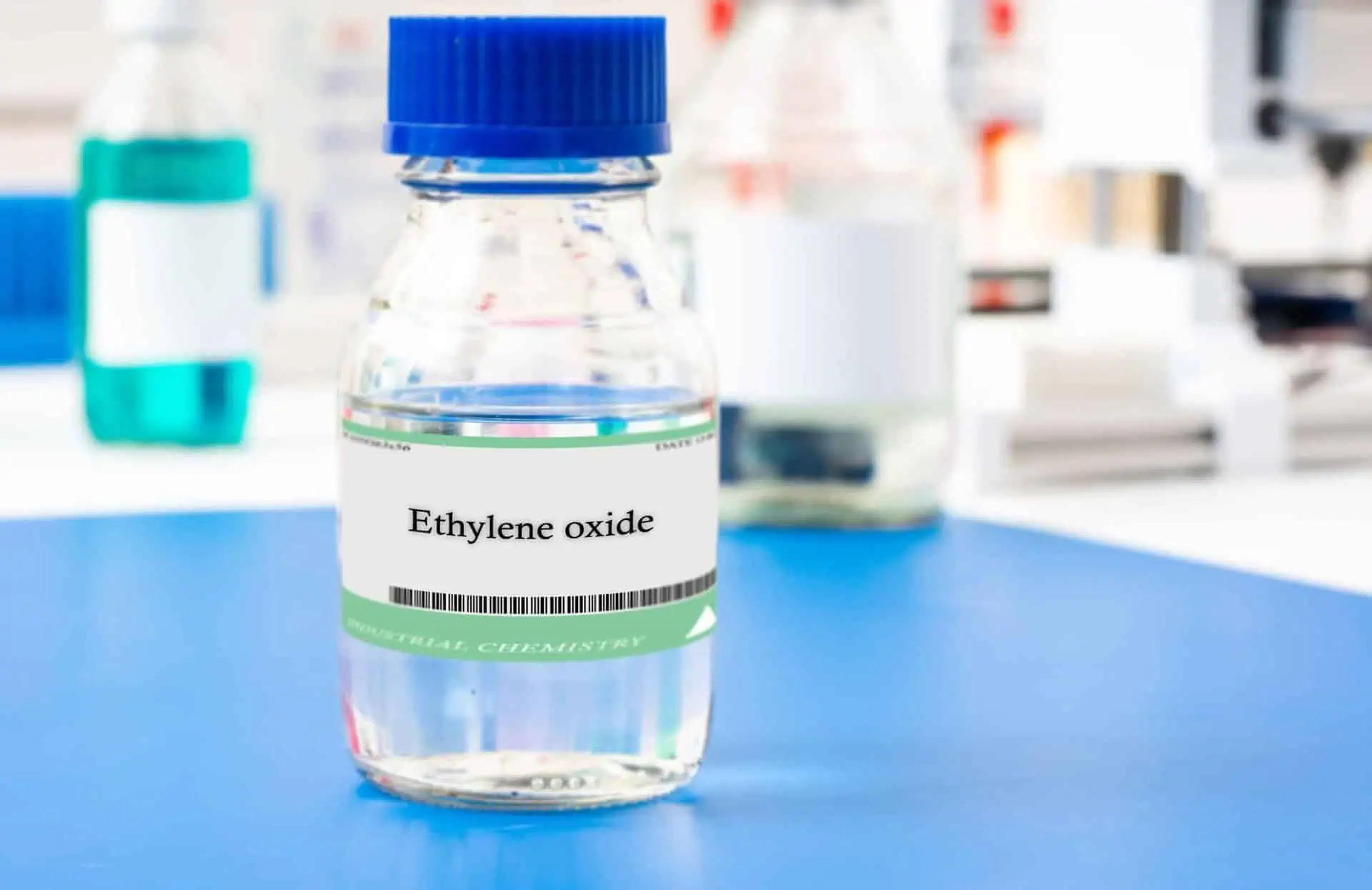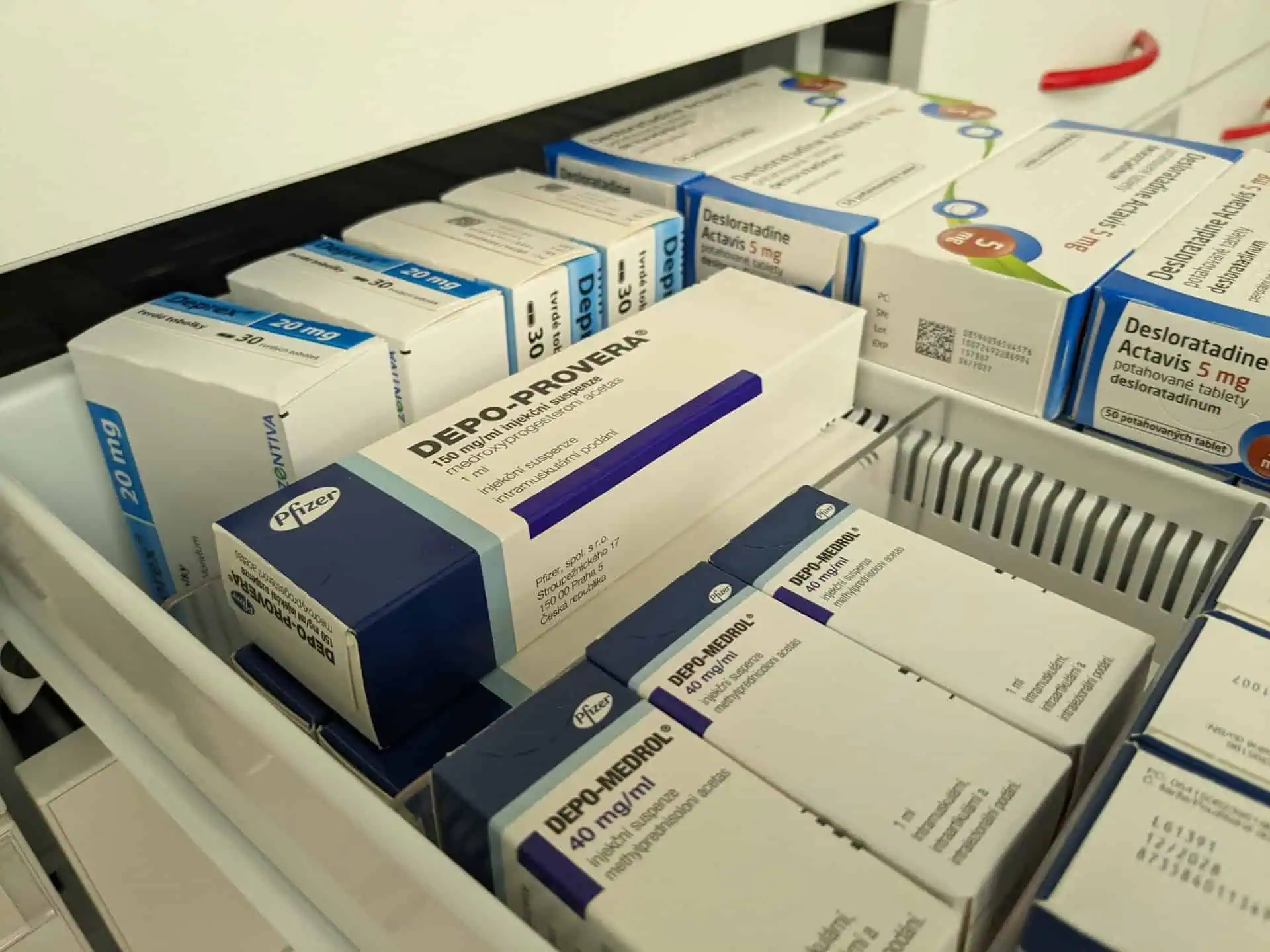What Do PFAS Do to Your Body?
- Last Updated: July 27th, 2023

Attorney Jessica Paluch-Hoerman, founder of TruLaw, has over 28 years of experience as a personal injury and mass tort attorney, and previously worked as an international tax attorney at Deloitte. Jessie collaborates with attorneys nationwide — enabling her to share reliable, up-to-date legal information with our readers.
Legally Reviewed
This article has been written and reviewed for legal accuracy and clarity by the team of writers and legal experts at TruLaw and is as accurate as possible. This content should not be taken as legal advice from an attorney. If you would like to learn more about our owner and experienced injury lawyer, Jessie Paluch, you can do so here.
Fact-Checked
TruLaw does everything possible to make sure the information in this article is up to date and accurate. If you need specific legal advice about your case, contact us by using the chat on the bottom of this page. This article should not be taken as advice from an attorney.
What Do PFAS Do to Your Body?
Also known as “forever chemicals”, PFAS (polyfluoroalkyl substances) have been used to manufacture certain consumer products since the 1950s.
According to the Agency for Toxic Substances and Disease Registry (ATSDR), some of the most common products that contain or previously contained PFAS include non-stick pans, stain-resistant fabrics, water-resistant clothes, oil and grease repellent products, certain paints and varnishes, firefighter gear, and firefighting foam.
PFOA (perfluorooctanoic acid) and PFOS (perfluorooctane sulfonic acid) are the most widely researched PFAS.
While products manufactured in the United States no longer contain PFOA or PFOS, imported materials sometimes do.
Still, there are thousands of chemicals that fall under the umbrella of PFAS.
PFAS have been shown to have a negative impact on the environment.
These substances don’t break down, so they can become an environmental hazard even after they are no longer being used.
PFAS can ultimately affect human health as well, even in people who don’t own products containing PFAS.

Water, soil, cosmetic products, food, and certain types of food packaging containing PFAS are all common sources of exposure.
For example, PFAS can contaminate local drinking water and personal well water.
People can also be exposed to PFAS if they consume fish that were caught from a water source that is tainted with PFAS.
Ingesting or inhaling dust that is contaminated with PFAS could potentially lead to exposure.
Applying makeup, nail polish, lotions, shaving cream, and cleansers containing PFAS directly to the skin can be hazardous to human health.
People can also be exposed to forever chemicals by eating food products that were grown in contaminated soil or packaged in PFAS wrappers.
Even meat products can contain PFAS if the animal consumed crops from PFAS-contaminated soil.
Table of Contents
Health Issues Associated with Exposure to PFAS
If a person is exposed to PFAS, they can suffer severe health problems as a result.
People who are exposed to high levels of PFAS may experience symptoms like heightened cholesterol, liver enzyme alterations, heightened risk of high blood pressure, increased risk of preeclampsia during pregnancy, reduced effectiveness of the immune system, and a heightened risk of developing certain types of cancer, including kidney cancer and testicular cancer.
Reproductive effects, including reduced fertility, have also been attributed to PFAS exposure, as well as growth delays in babies.
Scientists have endeavored to learn more about the impact that PFAS may have on the human body through animal testing.
Animal testing with PFAS caused birth defects, stunted development, and even newborn fatalities in test subjects.
While additional research is needed to determine whether PFAS affect humans in the same manner, many studies have shown that exposure to PFAS can be extremely hazardous to human health.
According to a 2018 article published by the Harvard School of Public Health, a CDC review revealed that in addition to cancer, PFAS also had the potential to cause liver damage and increase a person’s risk of developing thyroid disease and asthma.
Most people in the United States have been exposed to PFAS.
And unfortunately, because it is a “forever chemical,” it can remain in the human body for a long time.
However, certain individuals face higher levels of exposure than others.
People who work in chemical plants where PFAS are manufactured, for example, are more likely to show higher amounts of PFAS in their blood than the average person.
Firefighters are also exposed to these dangerous chemicals more frequently and for prolonged periods of time.
This is because their firefighting gear contains PFAS.
PFAS in Firefighter Gear

Recently, many firefighters have taken legal action against various manufacturers of PFAS for using the chemical to make firefighting gear, as well as firefighting foam.
Firefighting gear is designed to be flame, water, and oil resistant and typically contains PFAS, as does firefighting foam, which is used to create a sort of blanket over the substance that is fueling a fire.
Firefighting foam is used in a wide variety of settings, from airports and military bases to firefighter training facilities and oil refineries.
The lawsuits allege that the defendant manufacturers failed to warn the public about the potential dangers associated with using firefighting gear containing PFAS.
The plaintiffs have argued that they were regularly exposed to PFAS on the job and later developed serious health conditions, including cancer, severe illnesses, and other serious physical injuries.
According to CBS News, cancer is one of the top causes of death among firefighters.
Many firefighters now believe that exposure to PFAS could potentially be behind some of these fatalities.
Join the TruLaw Firefighter Gear Cancer Lawsuit
If you are a firefighter who has been exposed to high levels of PFAS through your gear and the foam that you use to fight fires and keep us safe, TruLaw wants to help you fight for compensation.
First, visit our Firefighter Gear Lawsuit page to learn more about the case.
Then, take our Instant Case Evaluator to find out if you are eligible to join the lawsuit.
A member of our team will contact you shortly after to discuss your legal options.

Managing Attorney & Owner
With over 25 years of legal experience, Jessica Paluch-Hoerman is an Illinois lawyer, a CPA, and a mother of three. She spent the first decade of her career working as an international tax attorney at Deloitte.
In 2009, Jessie co-founded her own law firm with her husband – which has scaled to over 30 employees since its conception.
In 2016, Jessie founded TruLaw, which allows her to collaborate with attorneys and legal experts across the United States on a daily basis. This hypervaluable network of experts is what enables her to share the most reliable, accurate, and up-to-date legal information with our readers!
Here, at TruLaw, we’re committed to helping victims get the justice they deserve.
Alongside our partner law firms, we have successfully collected over $3 Billion in verdicts and settlements on behalf of injured individuals.
Would you like our help?
At TruLaw, we fiercely combat corporations that endanger individuals’ well-being. If you’ve suffered injuries and believe these well-funded entities should be held accountable, we’re here for you.
With TruLaw, you gain access to successful and seasoned lawyers who maximize your chances of success. Our lawyers invest in you—they do not receive a dime until your lawsuit reaches a successful resolution!
AFFF Lawsuit claims are being filed against manufacturers of aqueous film-forming foam (AFFF), commonly used in firefighting.
Claims allege that companies such as 3M, DuPont, and Tyco Fire Products failed to adequately warn users about the potential dangers of AFFF exposure — including increased risks of various cancers and diseases.
Depo Provera Lawsuit claims are being filed by individuals who allege they developed meningioma (a type of brain tumor) after receiving Depo-Provera birth control injections.
A 2024 study found that women using Depo-Provera for at least 1 year are five times more likely to develop meningioma brain tumors compared to those not using the drug.
Suboxone Tooth Decay Lawsuit claims are being filed against Indivior, the manufacturer of Suboxone, a medication used to treat opioid addiction.
Claims allege that Indivior failed to adequately warn users about the potential dangers of severe tooth decay and dental injuries associated with Suboxone’s sublingual film version.
Social Media Harm Lawsuits are being filed against social media companies for allegedly causing mental health issues in children and teens.
Claims allege that companies like Meta, Google, ByteDance, and Snap designed addictive platforms that led to anxiety, depression, and other mental health issues without adequately warning users or parents.
Transvaginal Mesh Lawsuits are being filed against manufacturers of transvaginal mesh products used to treat pelvic organ prolapse (POP) and stress urinary incontinence (SUI).
Claims allege that companies like Ethicon, C.R. Bard, and Boston Scientific failed to adequately warn about potential dangers — including erosion, pain, and infection.
Bair Hugger Warming Blanket Lawsuits involve claims against 3M — alleging their surgical warming blankets caused severe infections and complications (particularly in hip and knee replacement surgeries).
Plaintiffs claim 3M failed to warn about potential risks — despite knowing about increased risk of deep joint infections since 2011.
Baby Formula NEC Lawsuit claims are being filed against manufacturers of cow’s milk-based baby formula products.
Claims allege that companies like Abbott Laboratories (Similac) and Mead Johnson & Company (Enfamil) failed to warn about the increased risk of necrotizing enterocolitis (NEC) in premature infants.
Here, at TruLaw, we’re committed to helping victims get the justice they deserve.
Alongside our partner law firms, we have successfully collected over $3 Billion in verdicts and settlements on behalf of injured individuals.
Would you like our help?








